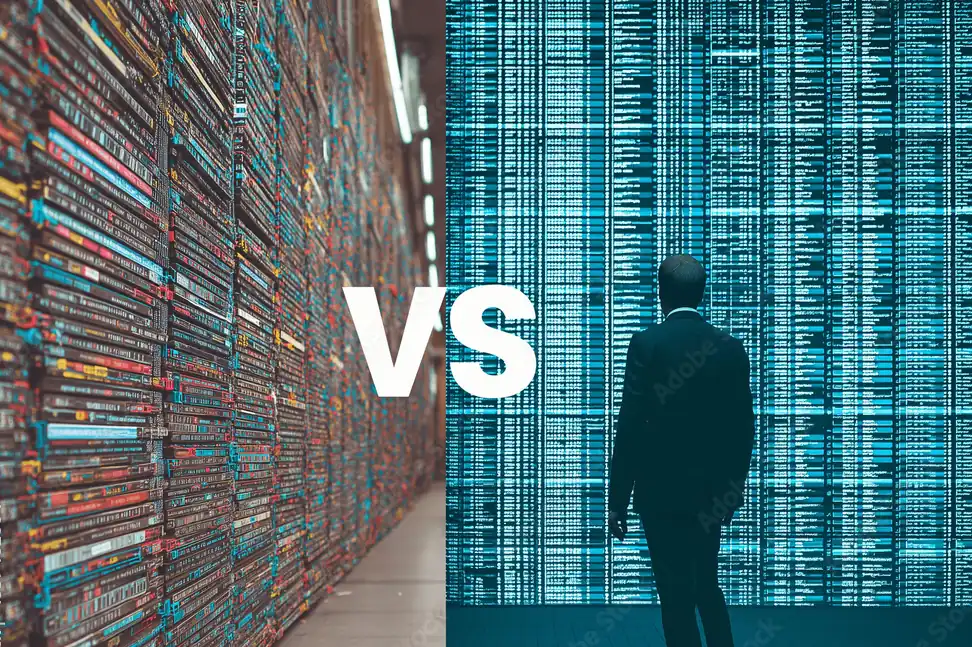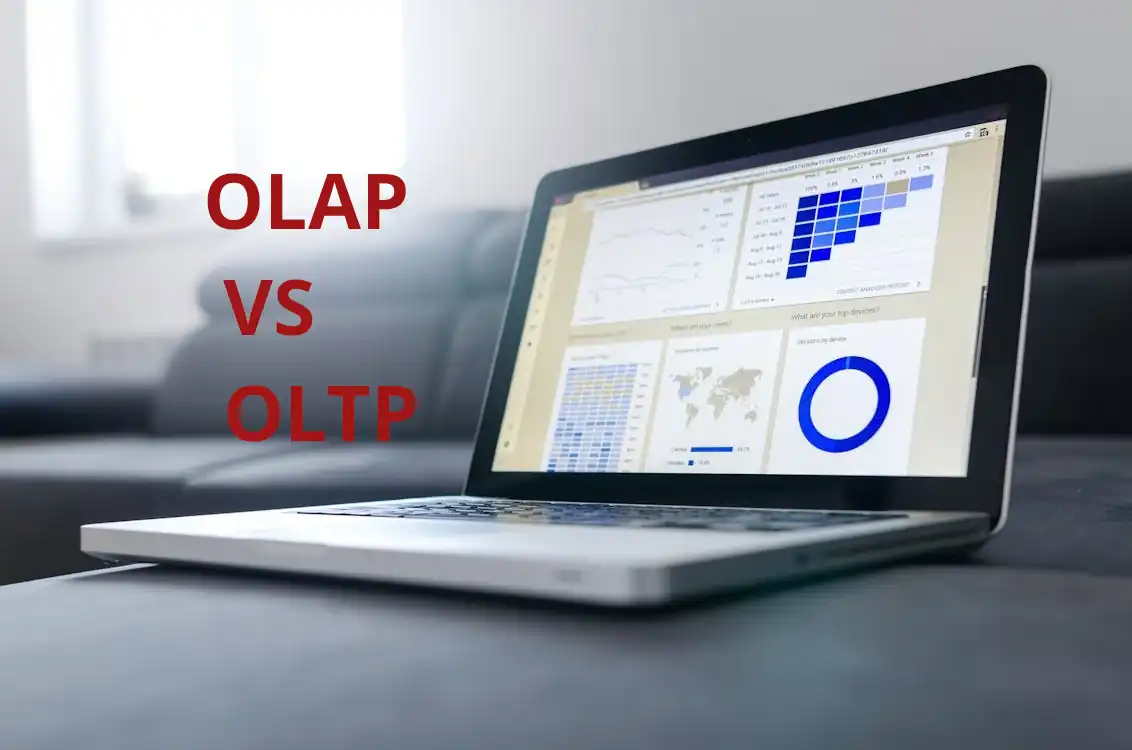What is OLAP and OLTP?
In the vast landscape of data management and analytics, two fundamental approaches stand out: Online Transaction Processing (OLTP) and Online Analytical Processing (OLAP). While both deal with data, their core objectives, underlying architectures, and operational characteristics are strikingly different, yet often complementary. Understanding this distinction is crucial for any organization aiming to effectively manage its data, optimize its operations, and derive meaningful insights for strategic decision-making.
A data warehouse serves as the crucial bridge and central repository that connects and leverages both OLTP and OLAP systems within an organization's data ecosystem. While OLTP systems are optimized for day-to-day operations and OLAP for analytical insights, the data warehouse acts as the intermediary, facilitating the flow of information from transactional systems to analytical platforms. OLTP deals with raw and real time data from various systems the complexity is low as compared to OLAP systems in OLTP data is normalized . OLAP systems, on the other hand, transform this raw transactional data, along with data from other sources, into actionable insights that guide an organization's future direction, OLAP systems are beneficial for data warehouses and its complex structures where data size is very humongous and mostly denormalized.
The synergy between these two distinct yet interconnected processing paradigms is what empowers modern businesses to both operate effectively and strategically evolve.
Lets discuss on how OLTP is different from OLAP systems:
Online Transaction Processing (OLTP)
- Raw data: The primary purpose of OLTP systems is to manage and facilitate day-to-day business operations and transactions in real-time. They are the backbone for capturing and processing individual business events.
Here you can consider the example where record of every sales/ purchase is recorded on daily basis into some database system. so it can contains real time data of sales happening every minute.

-
Real time updated data: ATM Transactions like Withdrawals, deposits, balance inquiries, and transfers all involve real-time updates to Account balances and insertions into Transaction logs.
The vast majority of OLTP systems rely on Relational Database Management Systems (RDBMS) due to their strong support for ACID properties, data integrity, and structured data. Popular choices include -
Simple queries: OLTP systems does have day to day entry, daily basis transactions that's why it requires simpler SQL queries to retrieve data as compared to OLAP system, since OLAP contains huge historical data.
-
Normalized data: Normalization is a systematic process of organizing the columns (attributes) and tables of a relational database to minimize data redundancy and improve data integrity. It involves breaking down large tables into smaller, related tables and defining relationships between them. The process is guided by a set of rules called "normal forms" (1NF, 2NF, 3NF, BCNF, etc.), with 3NF being a common target for OLTP systems.
-
Row based data: OLTP captures data row wise. All the data inserted into OLTP systems are row based data.
-
Deals with insertion / refreshed data: Insertions are a core and frequent operation in OLTP (Online Transaction Processing) systems. In fact, along with updates and deletions, they define the "transactional" nature of these systems.
-
Example Oracle, MYSQL, IBM DB2, PostgreSQL, Microsoft SQL Server
Online Analytical Processing (OLAP)
-
Historical data: Historical data is the cornerstone of OLAP (Online Analytical Processing) systems. Unlike OLTP (Online Transaction Processing) systems which focus on current, real-time transactional data, OLAP systems are specifically designed to store, manage, and analyze vast amounts of past data to uncover trends, patterns, and insights over time. OLAP system uses analytical database to store such huge historic data.
-
Complex queries: Since OLAP contains huge historical data to find the insights from huge unstructured data complex/Advance SQL queries are necessary. OLAP systems also manage extensive metadata (data about data) and complex indexing structures optimized for analytical queries across large datasets, which contribute to the overall storage requirements.
-
Columnar Storage: Many modern analytical databases use columnar storage, which is highly efficient for compressing and querying large datasets, as queries often only need to access a subset of columns. n a row-oriented database, even if you only need one column, the entire row (all columns) must be read into memory, leading to significant unnecessary I/O.

But for Analytical queries frequently involve aggregate functions like SUM(), AVG(), COUNT(), MAX(), MIN() over large datasets. With columnar storage, all the values for a specific column are stored together, making it incredibly efficient to perform these calculations by scanning a single block of data for that column.
- *Multidimensional data : Multidimensional data is a property of OLAP. OLAP visualizes and organizes data in a conceptual "cube" or "hypercube" with multiple dimensions. This multidimensional structure is precisely what makes OLAP so powerful for analytical queries.
Common examples of dimensions include:
Time: Year, Quarter, Month, Day, Week, Hour
Geography: Country, Region, State, City, Store
Product: Product Category, Product Subcategory, Product Name, Brand
Customer: Customer Segment, Age Group, Gender, Loyalty Status
Sales Channel: Online, Retail Store, Call Center
Employee: Salesperson, Department
Each dimension can also have a hierarchy, allowing for drill-down and roll-up operations:
Time Hierarchy: Day -> Month -> Quarter -> Year
Geography Hierarchy: City -> State -> Region -> Country
Product Hierarchy: Product -> Subcategory -> Category
- Example: Tableau, Power BI, SAP , Qlik Sense, Apache Druid, Duck Db, Amazon Redshift
Note : The summary is OLTP systems ensures the smooth functioning of day-to-day business processes by managing transactional data with precision and speed ,OLAP systems, on the other hand, transform this raw transactional data, along with data from other sources, into actionable insights that guide an organization's future direction,g
This separation of concerns ensures that OLTP systems remain fast and efficient for daily operations, while the data warehouse and OLAP systems provide the dedicated environment necessary for deep, historical, and multidimensional data analysis without impacting the performance of the operational systems.
